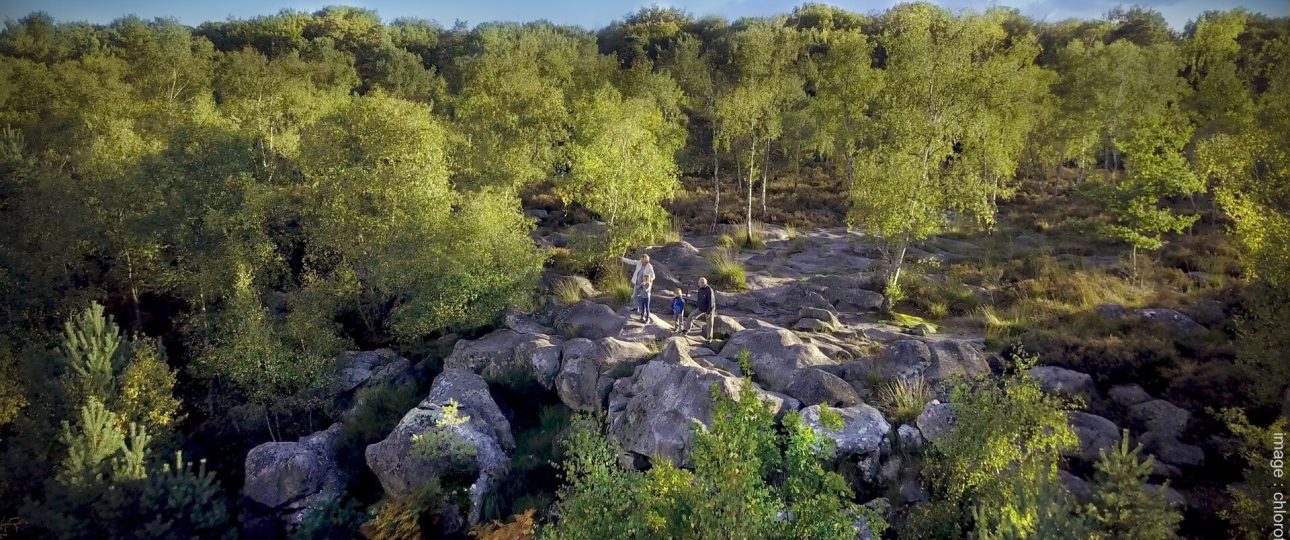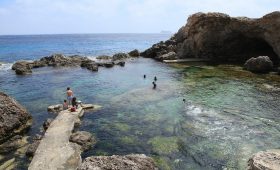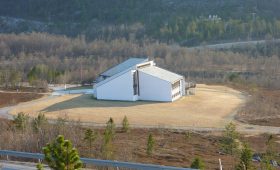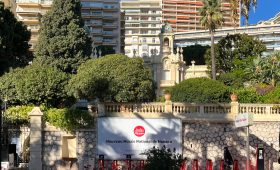The Forest of Fontainebleau: A Natural and Cultural Treasure
Exploring the Forest
The Forest of Fontainebleau, covering over 280 square kilometers, is a haven for outdoor enthusiasts. Located about 65 kilometers southeast of Paris, this forest offers a diverse landscape of rocky boulders, serene lakes, and dense woodlands. It’s a popular destination for hikers and climbers alike.
Climbers will find the forest’s boulders particularly appealing. Fontainebleau is renowned for its climbing routes, catering to all skill levels. The views from the top are breathtaking and well worth the climb.
For those who prefer hiking, the forest boasts numerous trails. As you wander through, you’ll encounter ancient trees, hidden caves, and scenic viewpoints. Be sure to bring a camera to capture the forest’s natural beauty.
History and Cultural Significance
The Forest of Fontainebleau is steeped in history. It served as a royal hunting ground from medieval times and was favored by French monarchs like King Louis XIV and Napoleon Bonaparte. The forest also inspired Impressionist artists such as Claude Monet and Camille Pissarro.
Today, the forest is a protected area and a UNESCO Biosphere Reserve. It stands as a testament to France’s rich history and artistic heritage.
Best Time to Visit
The forest is accessible year-round, but spring (April to June) and autumn (September to November) offer the most pleasant weather and vibrant scenery.
How to Get There
Reaching the Forest of Fontainebleau from Paris is straightforward:
By Car:
Driving from Paris takes about an hour. Follow the A6 highway towards Lyon and take the exit for Fontainebleau. Be mindful of traffic conditions, especially during peak hours.
By Train:
Trains from Paris Gare de Lyon to Fontainebleau-Avon station are frequent and take around 40 minutes. From the station, a local bus or taxi can take you to the forest. Alternatively, on weekends and public holidays, some trains stop at Fontainebleau-Foret station, located in the forest itself. Note that return trains do not stop here, so plan accordingly.
By Bus:
Buses from Paris to Fontainebleau are an economical option, with the journey taking about an hour.
Local Transportation
Once in Fontainebleau, getting around is easy:
Walking:
Walking is the best way to explore the forest. The network of trails allows you to fully immerse yourself in nature.
Biking:
Biking is another popular option. Rent a bicycle in Fontainebleau and enjoy the scenic routes at your own pace.
Bus:
A local bus service connects different areas within the forest, making it convenient to explore without a car.
Additional Tips
- Visit the Château de Fontainebleau, a stunning example of French Renaissance architecture with a rich history.
- Check the weather before your visit and dress appropriately, especially if you plan to hike or climb.
- Stop by the Tourist Office in Place de la Republique for maps and advice on walking routes.
The Forest of Fontainebleau offers a unique blend of natural beauty and historical significance. Whether you’re climbing, hiking, or simply enjoying the peaceful surroundings, this destination provides a memorable experience for all who visit.




